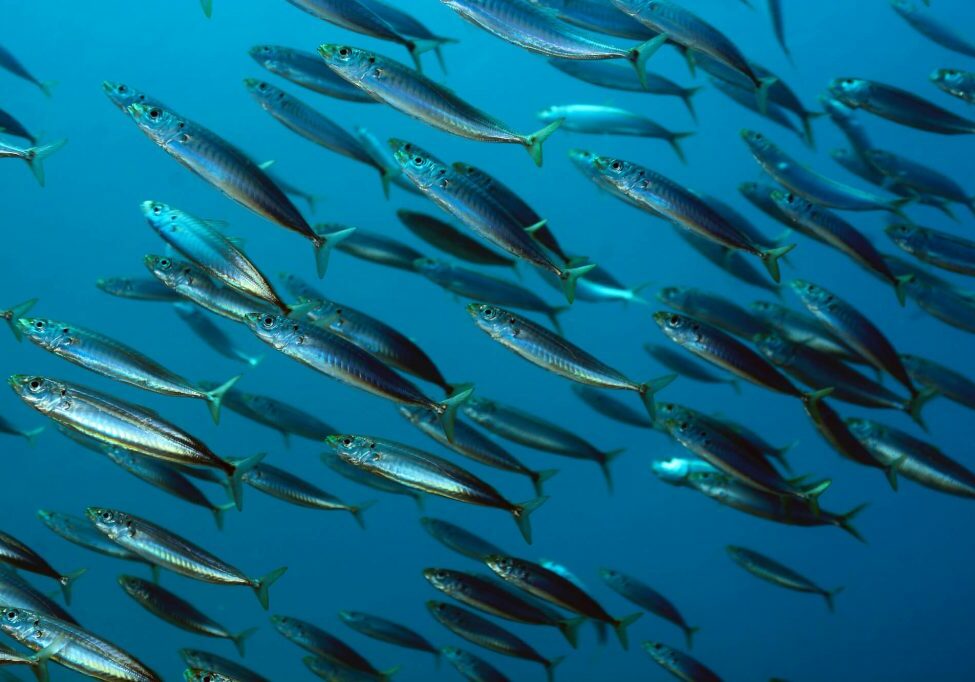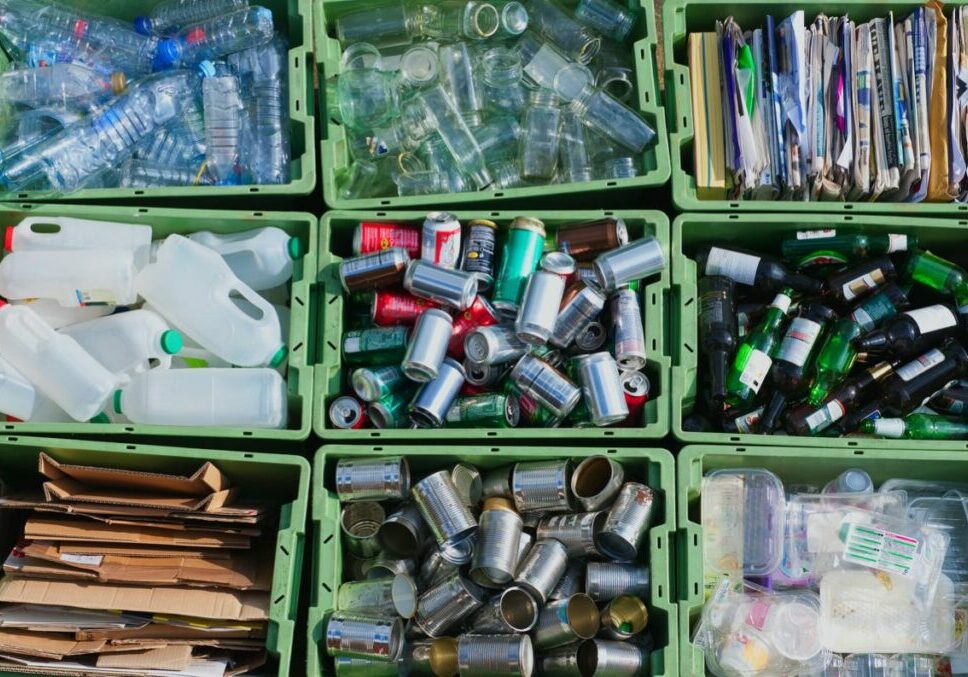Hotter summers, drier winters, a growing population… all of these are putting the UK’s rivers and streams at risk. And when water levels drop, the wildlife that relies on these unique habitats suffers too.
While it’s vital that we tackle the causes of climate change, we can also take action every day to reduce the amount of water that we draw from rivers and other water supplies. (Conveniently, many water-saving habits also reduce energy use – and can save you money.)
Our top 10 tips will help you cut down on the water you use in easy, everyday ways.

1. Shower power
It’s a familiar message that showering uses less water than having a bath. But many power showers could actually use more water than a bath – up to double the amount for a 10-minute shower. So keep showers short (under four minutes if you can), and try switching to an aerated shower head – these mix air with the water to give the same power-shower effect but with much less water. If you run your shower into a measuring jug for 15 seconds then multiply the amount of water by four you can work out how many litres you use each minute – a helpful guide to how much you’re saving with each minute you can shave off your shower time.
2. Turn it off
Avoid running taps unnecessarily, as in many cases the water will be going straight down the drain without being used – up to six litres a minute. Turn the tap off when you’re brushing your teeth, and if you want to wash fruit or vegetables before eating them, run a bowl of water and swill them in that. If you’re washing dishes by hand, fill a washing up bowl rather than cleaning everything under a running tap. Wash the least dirty items first (glasses, mugs and cutlery) before moving on to plates then pans – this will save you having to change the water halfway through.
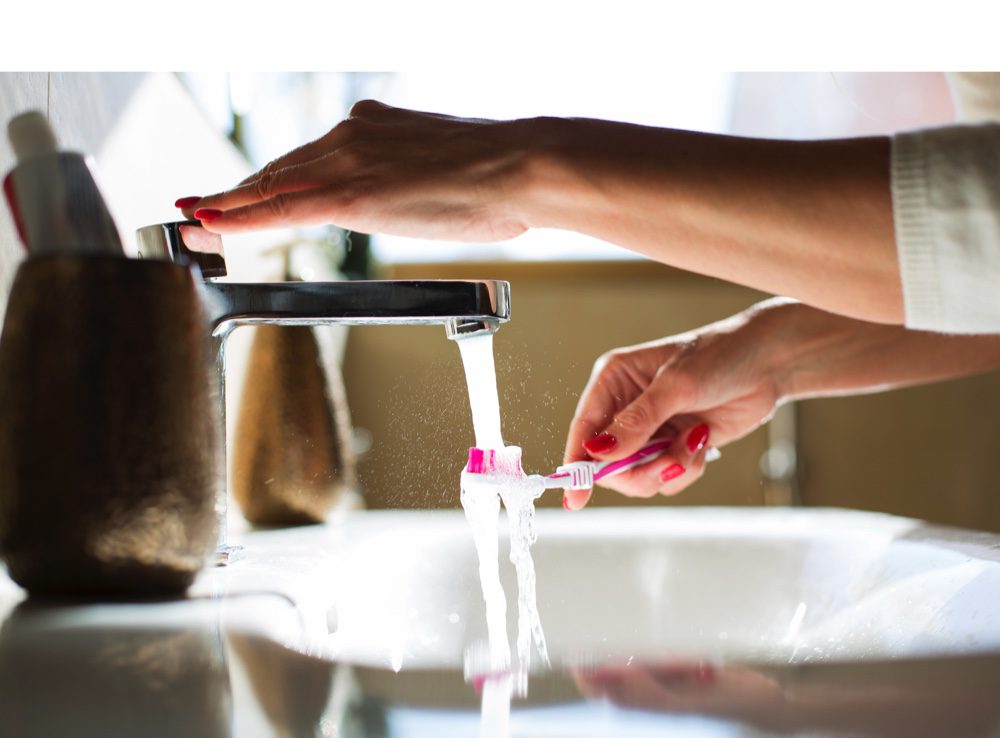
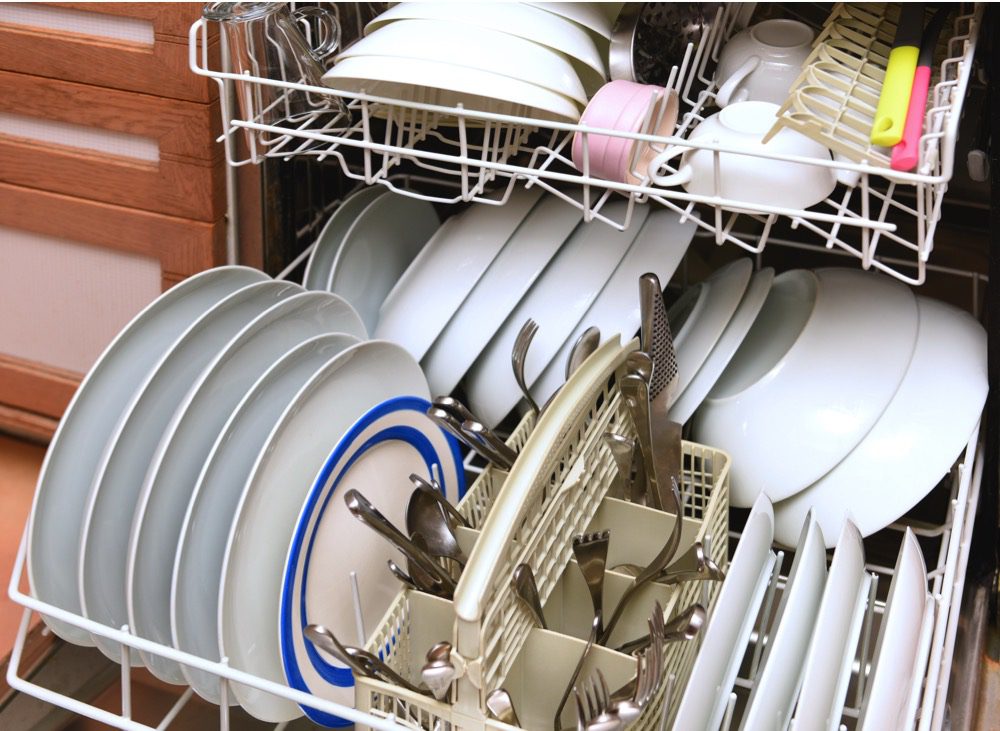
3. Don’t ditch the dishwasher
In most cases, dishwashers are more efficient than washing up by hand – they can save up to 6,000 litres of water a year. And if you don’t pre-rinse your dishes under a running tap beforehand, that will save another 1,000 litres. (Rinsing plates first might confuse modern dishwashers, whose sensors will think the plates are cleaner than they are, meaning they won’t be washed as well.) So long as you’ve scraped off any solid waste from the plates, the dishwasher will do all the work for you. Always make sure the dishwasher is full before you run it, to maximise its efficiency.
4. Fix the drip
Leaks are the ultimate waste of water. A dripping tap can waste 5,500 litres of water a year, and it’s often because an inexpensive (and easy to replace) washer needs fixing. Look under sinks and basins for any hidden leaks. Check the toilet too – the most common leak sees water slowly trickle from the cistern into the bowl, wasting up to 400 litres of water a day. Some water companies give away ‘leak strips’ that stick to the bowl and change colour if there’s a leak. Or you can put a few drops of food colouring in the cistern and wait an hour – if the water in the bowl has changed colour, there’s a leak.
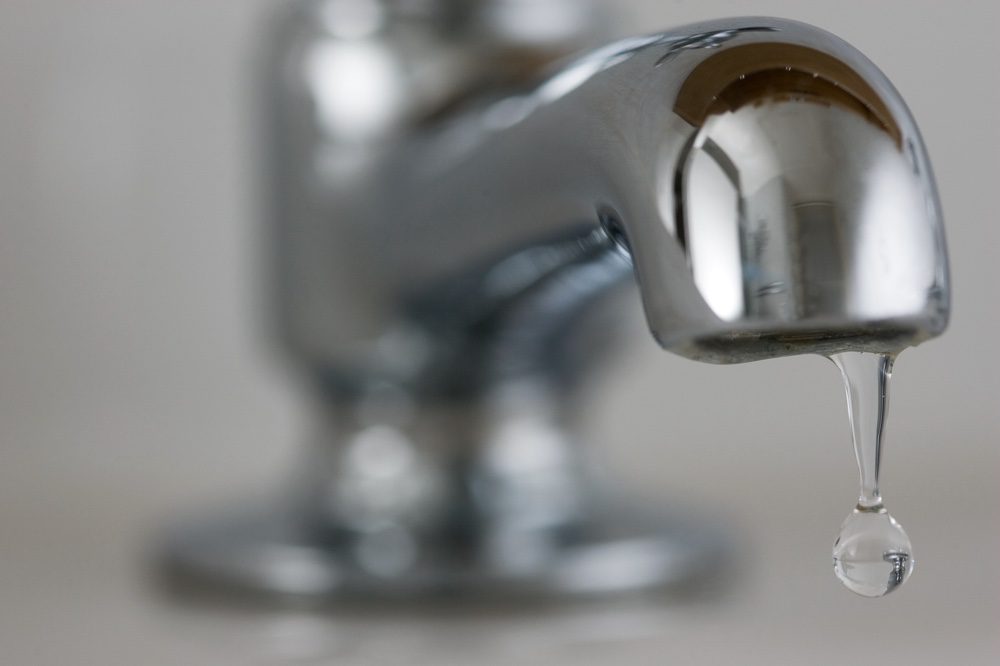
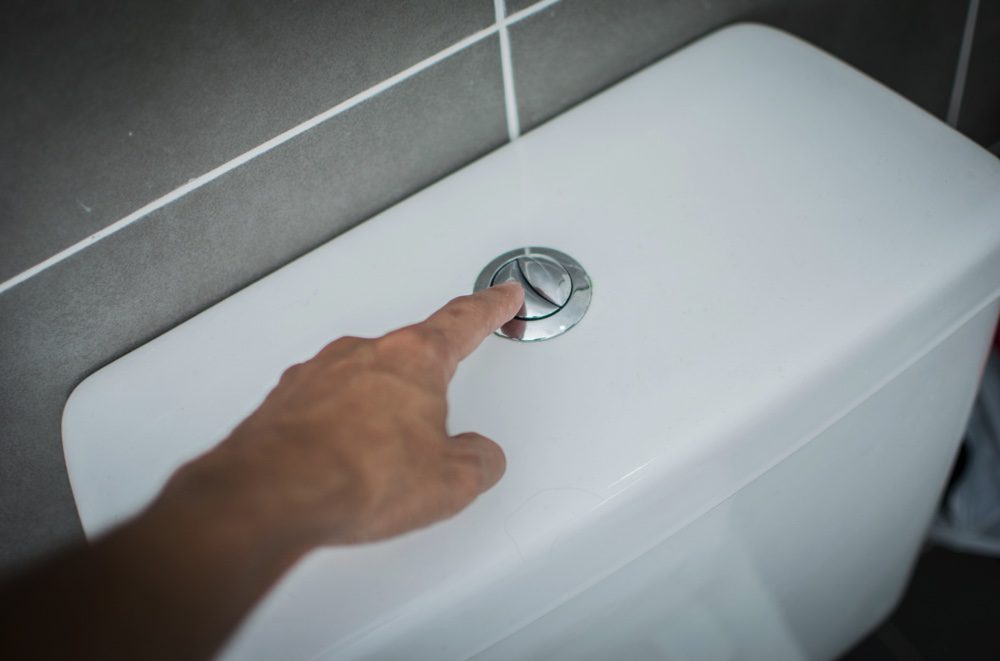
5. Feeling flush
If your loo doesn’t have a dual flush, ask a plumber if it’s possible to install one. A dual flush typically uses 4-6 litres of water per flush, as opposed to 13 litres with an ‘old-fashioned’ flush. It’s important to remember to use a dual flush properly, though, only using the stronger flush when it’s needed. You can also put a displacement device in the cistern, which can save around a litre of water with every flush. They’re really easy to install, and many water companies will provide one for free. As well as being mindful of the water your loo uses, remember the ‘3P’ rule when you flush: only put pee, poo and (toilet) paper down the toilet. Wet wipes, sanitary products and other flushed items can end up in our rivers and seas.
Keep our waterways plastic-free
Plastic pollution is a huge problem in our streams, rivers and seas. Read our top 10 tips for giving plastic the push during your day.
6. A greener wash day
Check your washing machine’s manual to find out which are the lowest water and energy settings. Many machines have a ‘fast wash’ that uses much less water but still gets clothes clean. Shorter washes also reduce the amount of microplastics released into the waste water. As with a dishwasher, load the washing machine to its full capacity before running a cycle, to make it as efficient as possible. And, of course, only wash clothes if they’re actually dirty – spot clean small stains, or hang things outside for a few hours to freshen up. If you’re buying a new washing machine, check the specifications – the most water-efficient models will use less than 7.5 litres per kilogram of laundry.
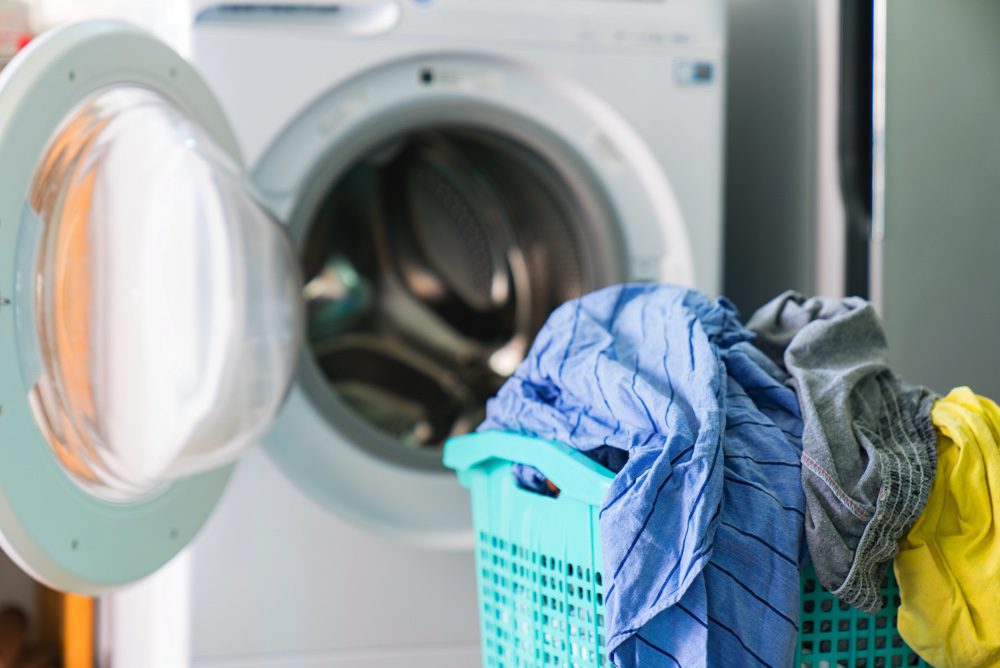
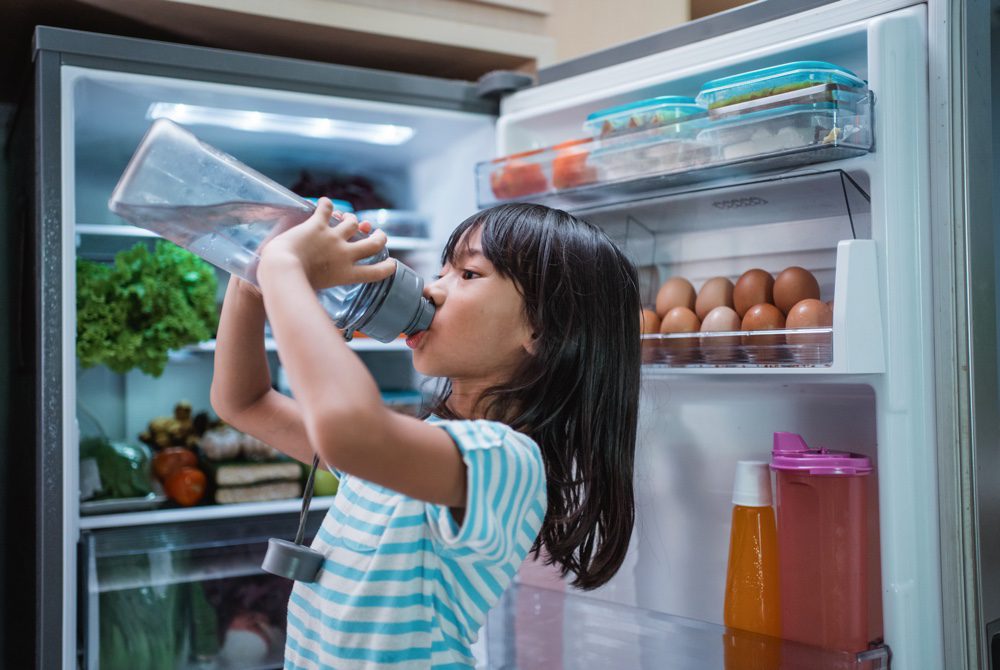
7. In the drink
If you regularly have to run the tap to get water that’s cold enough to drink, keep a few bottles or jugs of tap water in the fridge so you can have a cool drink without wasting any water. Any undrunk water can be poured into a watering can by the sink to go on your house plants, window boxes or the garden. For hot drinks, only fill the kettle with as much water as you need – this not only saves water, but energy too. To maximise your tea-making efficiency, look out for a kettle with a low ‘minimum fill’ level and a short ‘overboil’ time (the point at which it switches itself off once the water’s boiling).
8. Smarter gardening
If you want to give your plants a drink, a watering can is more efficient than a hose, which is more efficient than a sprinkler. Fitting a trigger nozzle to a hose can halve the amount of water it uses and help you direct the flow better. Water your plants early or late in the day, when evaporation rates are lower. If possible, install a water butt to collect rainwater, but you can use some buckets. There’s no need to water your lawn – it will go brown during dry spells but will recover as soon as it rains. And don’t switch to an artificial lawn to save water: it takes almost 3,750 litres of water to manufacture just one square metre of fake grass – the equivalent of watering a real lawn for 18 years!
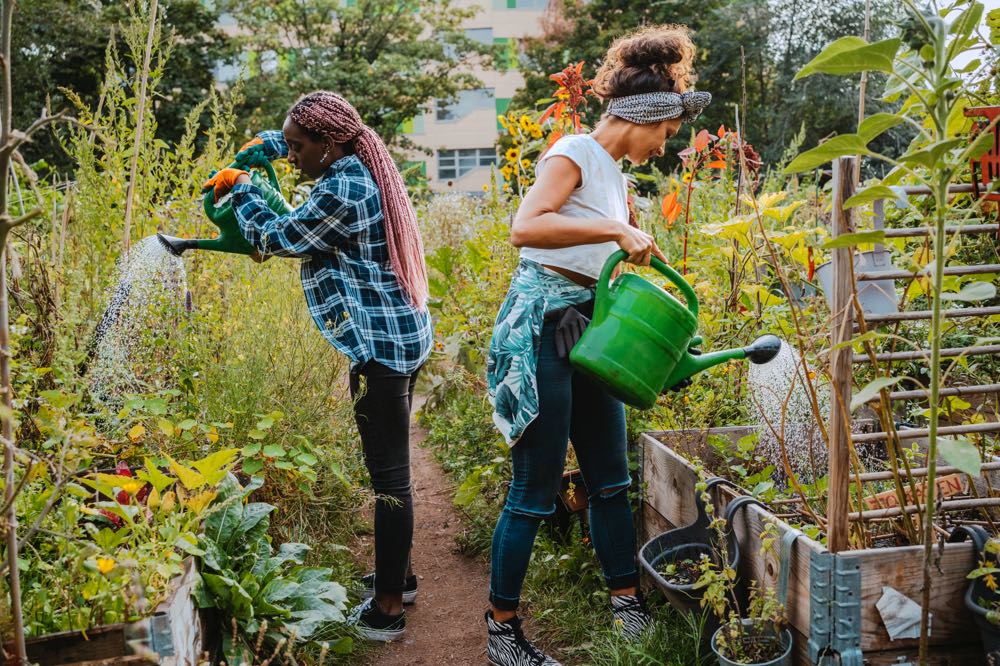

9. Be food wise
A huge amount of water is used to produce the food we eat – not just watering crops for our consumption, but for growing animal feed and providing drinking water for livestock. It’s estimated that it takes 18,000 litres of water to produce a kilogram of beef in the UK. Around 290 litres of water are needed to grow a kilo of potatoes. So if you waste food, you’re wasting the water that was used to produce it. Avoid food waste by planning meals and taking a shopping list so you only buy what you need. And make the most of leftovers, either by freezing them or turning them into a new meal with a few added ingredients. Visit our Eat4Change site for more ideas.
10. Wear it well
Did you know it takes up to 20,000 litres of water to grow and dye the cotton in just one pair of jeans and a T-shirt? While the clothing industry doesn’t put a direct strain on UK water sources, a vast amount of clothes are made in countries where water is already scarce, which increases problems around people’s access to this vital resource. Reducing the demand for new clothes will reduce this demand for water, so buy second-hand where possible: have fun exploring charity shops, and apps and websites like eBay and Vinted, or arrange an evening to swap clothes with friends. Sell or donate your unwanted clothes to extend their lifespan.
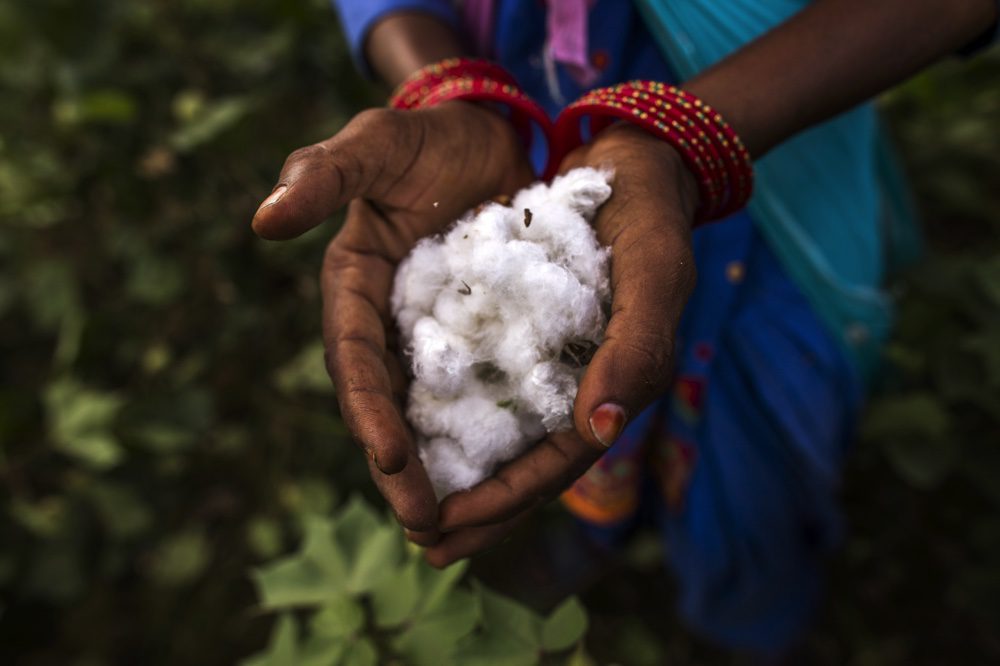
ALL IMAGES © GETTY
Help protect our precious habitats
You can find lots more ways to take action for UK nature at the Save Our Wild Isles website.
More to explore

Take action today to Save Our Wild Isles
As Sir David Attenborough’s new UK-focused natural history series is aired, we’re calling on everyone to take urgent action to Save Our Wild Isles
